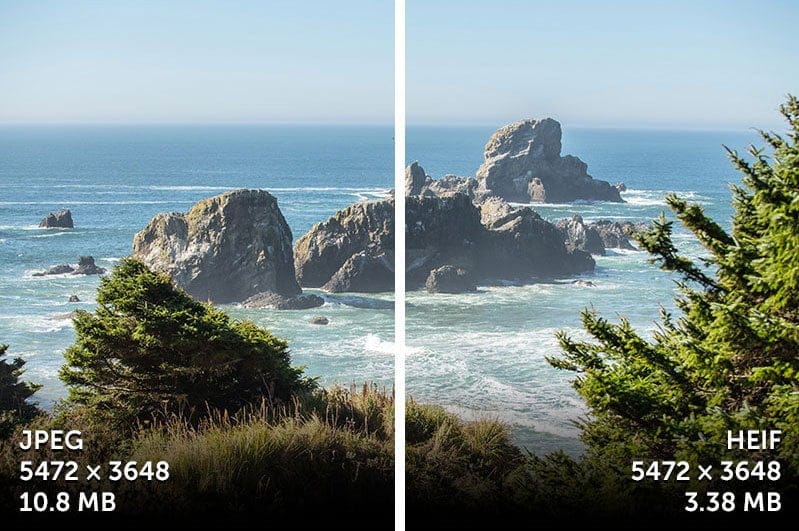JPEG, PNG, and RAW are some of the universal image formats that you would have definitely heard about. Each of these image formats definitely come with some advantages and some disadvantages. They are also extensively used to capture and share images. Well, welcome a new image format called HEIF and here’s everything you need to know.
ALSO READ: Google Magenta: Everything You Need To Know!
HEIF (High-Efficiency Image Format)
This is a new major image format that companies like Apple, Microsoft, and Google have begun standardizing. It allows mobile and computerized devices to store an image and an associated video file in the same container. In simple words, features like Live Images on iOS store an image and a small video file in two different sections, HEIF solves that issue.

Google is introducing Live Photo, like features on Android. Using HEIF makes the entire process more efficient. One of the most important features that this new image format offers is Space Bit, which basically helps reduce the size of an image or video, and that too without compromising the quality.
ALSO READ: Here Is Why Intel Processors Are Being Redesigned?
JPEG vs HEIF: What’s The Difference?
The basic difference between JPEG and HEIF is the support to wider color gamut. JPEG is limited to 8-bit while HEIF supports up to 16-bit color gamut. In simple words, this basically means you will get more data and colors to play with in post-processing.

It is worth noting that, RAW is still better than both these formats in terms of quality, but HEIF definitely is the most efficient of all three of them. Since this is a relatively new image format, there are very less operating systems have adopted it. The format is currently supported by iOS 11, MacOS and Windows 10.
What do you guys think about this very image format? Do you see the future of it? Let us know in the comment section and stay tuned more tech breakdowns.
BONUS VIDEO
For the latest tech news, follow TechDipper on Twitter, Facebook, Google+, Instagram and subscribe to our YouTube channel.




![Office for Free - Here's How You Can Get Microsoft Office For Free [2020] Microsoft office for free](https://techdipper.com/wp-content/uploads/2020/04/Office-for-Free-400x200.jpg)